We have had chickens for several years now and have read stories of people having the dreaded chicken lice and chicken mites take over their fluffy butts. Luckily we had never had either...until this Fall. We bought some chicks and juveniles, brought them home and then discovered they were COVERED in tiny bugs! Ew!
There are three main types of chicken mites: Northern Fowl Mites, Red Roost Mites and Scaly Leg Mites. There are two main types of chicken lice: Biting Lice and Sucking Lice. Both of these types of external parasites can reproduce and spread quickly within your flock causing a range of issues from discomfort to death.
It is important when you are raising chickens to understand what chicken mites and lice are, how to identify them, how to treat them and how to prevent them. This chicken care tip is an easy way you can keep your flock happy and healthy.
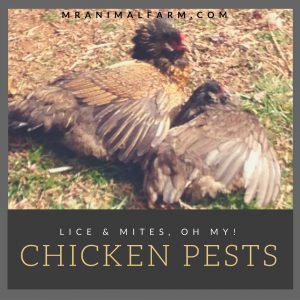
What are Chicken Lice and Chicken Mites?
If you have never had chicken mites or lice before, you probably first want to figure out what they actually are. They are a types of external parasites that are fairly common in flocks especially during Fall temperatures.
While there are different types of mites and lice (which we will jump into momentarily), the main thing these little creepy crawlies have in common is that they live on and feed on your birds.
Chicken Mites
There are three main types of chicken mites. Although they all are similar, there are a differences in how they live and feed on your chickens. Knowing these differences will help you identify which ones you are dealing with.
Northern Fowl Mites
These are very small, round bugs they can range in color (grey, brown, black and red) and they have eight legs. They thrive in cooler temperatures around the mid to upper 60's (in degrees Fahrenheit).
This type of mite spends it's entire lifecyle on the birds. And their lifecycle is from egg to reproductive adult occurs in just around a week. This means that you can go from just a few mites to hundreds of thousands of mites in a relatively short timeframe.
Red Roost Mites
This type of mite, again is a small round bug with eight legs. They differ from Northern Fowl Mites in that they only go onto the birds to feed. They live in bedding, walls, roosts and other places of the flocks environment. And they tend to come out to feed at night.
Again, these chicken mites reproduce quickly and can go from just a few to hundreds of thousands in a short timeframe. Due to the fact that red roost mites do not live their entire lifecycle on their host (birds) they can survive off a bird for a much longer period. Which makes getting rid of them sometimes a more difficult chore.
Scaly Leg Mites
Knemidocoptes mutans, commonly known as scaly leg mites are chicken mites that, you guessed it, affect the legs and feet of birds. These mites are microscopic - so you won't visibly see them on your birds. But you will see the damage they can cause.
Need some help keeping your chickens health and care taken care of? Check out the Organized Chicken Keeper for an easy to follow system.
What they do is essentially bury little tunnels underneath your chickens leg and feet scales. They then live there eating off the birds skin and tissues. This can cause your chickens legs and feet to become very crusty and inflamed.
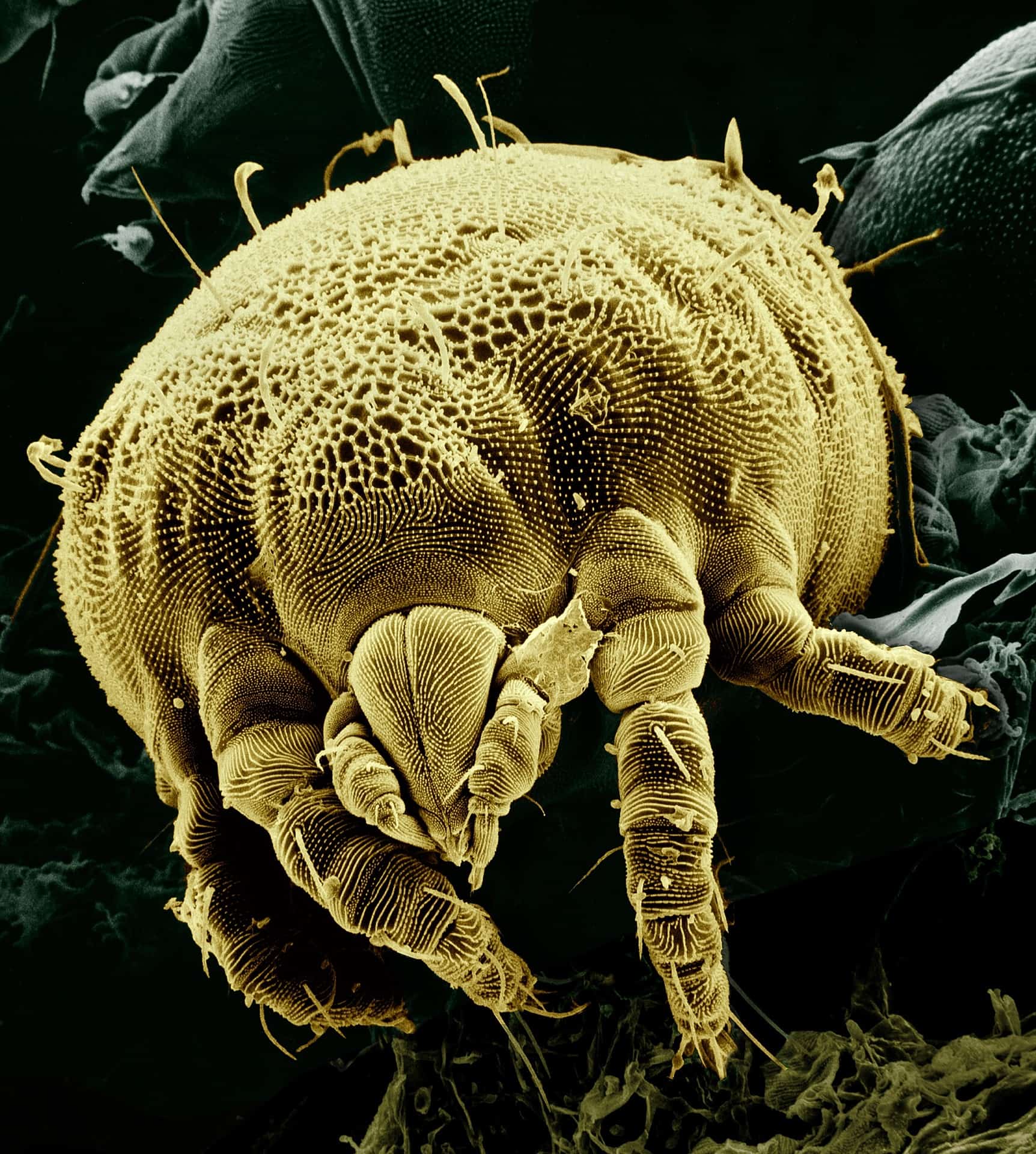
Chicken Lice
There are two main types of chicken lice: Biting Lice and Sucking Lice. Both types of chicken lice are usually thin, long, straw colored bugs with 6 legs. They are very small and tend to move quickly, but are visible to the naked eye.
Both types of lice live their entire lifecycle on the bird, like Northern Fowl Mites. So, while they can live a long time (several months) while on a bird, they cannot live long without being on a bird.
They feed off of dead skin, feather particles and other debris that come off of the chickens.
How to Identify Them
Now that you know what they are, you probably want to know if your flock has them. There are several ways to identify mites and lice on your chickens.
Visually Spot Them
So, the first way to identify whether you have an external parasite infestation in your flock is to check your chickens over and visually spot them on your birds.
Both parasites like to hang out near the base of chickens feathers. They also tend to prefer places near the vent and under the wings. So, when you are checking to see if you can find any, it is best to choose one of those places, and pull their feathers back so that you can look around where the feathers meet their skin.
As mentioned above, mites will present as darker colored, round bugs. While lice will present as thin, light straw colored bugs. Both are very small and will move fast. So, you have to look closely and quickly as you pull their feathers back.
You may also be able to see little white clusters of eggs at the base of your chickens feathers if they have Northern Fowl Mites or Lice.
Feather Issues
Since lice and mites crawl through the birds feathers and the feed on their blood and on the feather and skin debris, this can cause feather issues. So, this is one sign to be on the lookout for in your flock.
You might see your chickens doing excessive preening - getting crawled all over and bitten can be a little irritating of course. They might also have broken and or dull feathers. And can even have feather loss. Although, do be aware that there can be other causes of feather loss such as when chickens molt.
Anemia
Since these external parasites are feeding off your chickens blood and skin, if this goes on for too much time they can become anemic.
Some signs to look for are pale comb and wattles and lethargy or lack of energy.
Blood Spatters
Again, your chickens are getting bitten by bugs, this can cause them to bleed a little. So, you might see little fine blood spatter either on their feathers or on their roosts. Or, sometimes you will see darkened dried blood spots near their vent.
This won't be like a ton of blood or anything, but will definitely be visible.
Red, Raised Leg Scales
This applies to scaly leg mites only. Though you can't see the actual mites, you can pretty easily see the damage they start to do to your chickens legs and feet.
Their legs and feet may look really red and inflamed. Their scales may look crusty and raised as well.
Decreased Egg Laying
Being overrun by these creepy crawlies can put a bit of a strain on your chickens. And that level of stress can cause decreased egg laying. Of course, there are other reasons they will decrease the amount of eggs they lay as well. But this can be one sign of mites or lice.
How to Treat Them
(Disclaimer: we are not vets or licensed to treat poultry in any way. This is what worked for us, some of the products used are not labeled for use in poultry. Use at your own risk/discretion.)
There are a lot of different ideas and philosophies on how to treat external poultry parasites. There are also a wide variety of possible treatment options both more natural and then also chemical.
Ultimately you need to decide what is best for your flock based on what you are comfortable with and in combination with your vets advise.
No matter which option you choose, it is important to completely and thoroughly clean your entire coop out. Change and and replace all bedding as well. Otherwise, you will just get more mites as the eggs hatch.
Natural Options
1) DE - DE or Diatomaceous Earth is a powder substance. We dusted the chickens with the DE around their vent areas as well as adding DE to their bedding. There are definite pros and cons to DE. There is conflicting research as to whether this can cause potential respiratory issues. And, for really bad infestations, it may not be the most effective thing.
2) Wood Ash - another natural substance that you can put onto your birds and in their bedding.
3) Garlic or Dish Soap and water sprays.
4) Herbs and Essential Oils
Chemical Options
1) Elector PSP/Spinosad - this is a spray that is approved for use in poultry for mites.
2) Sevin Dust - although a lot of people use this, it is a pretty caustic chemical. But some people swear by it.
3) Frontline - this is a common flea, tick, lice medicine for dogs. We got the dose for the smallest dog 5 - 22 pounds and then put just ONE drop on each juvenile under their wings. After 24 hours all of the lice were gone. This is NOT approved for use with poultry, so use at your own risk.
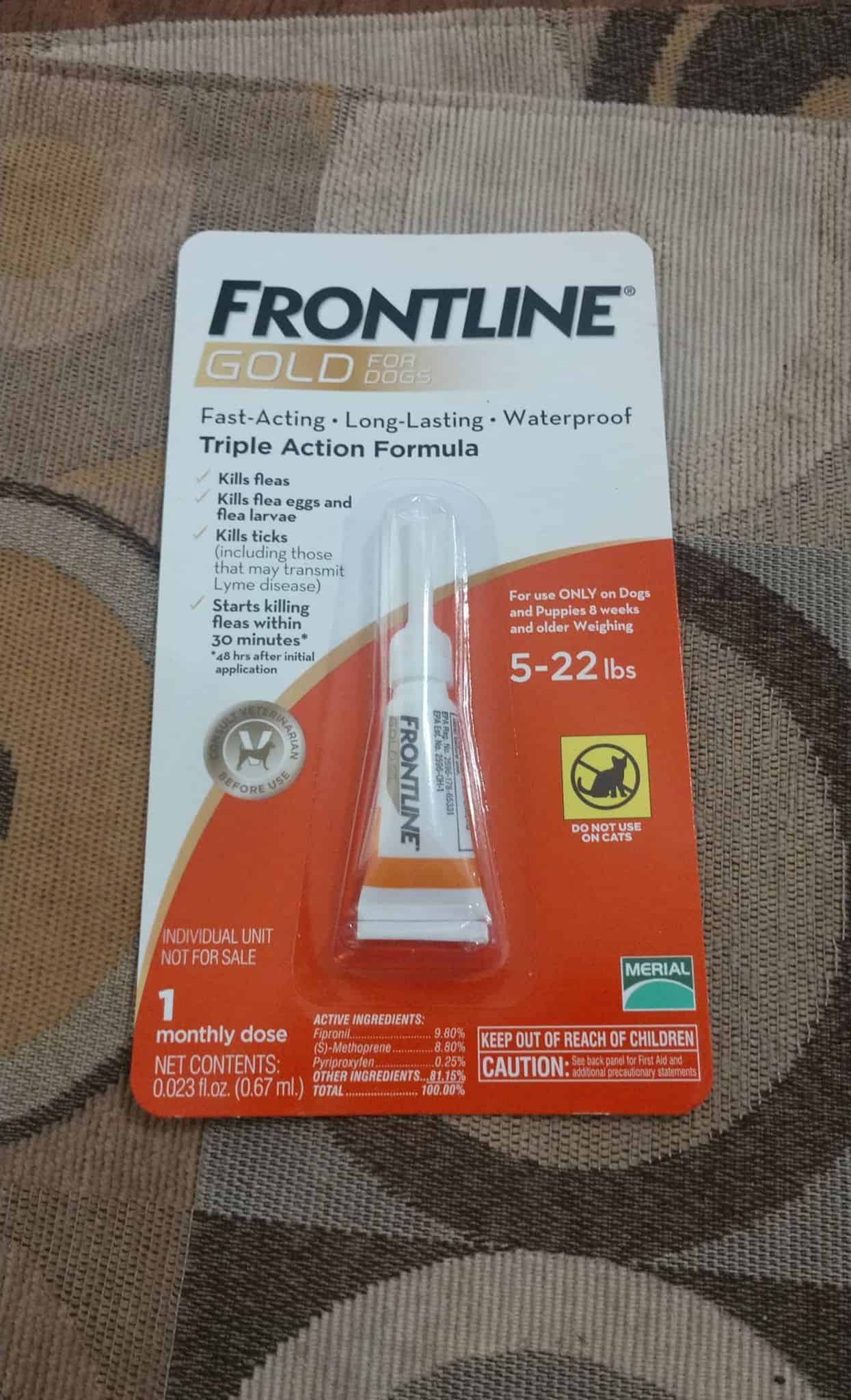
4) Poultry Dust/Permethrin
How to Prevent Them
1) Quarantine
Before you integrate any new birds into your flock, be sure to quarantine them first. This will help to ensure that you are not adding new birds that have a parasite infestation into your flock.
Mites are just one of the icky things you could bring into your flock without using quarantine - and that is even when purchasing from a NPIP certified source.
2) Dust Baths
Making sure to provide dust baths for your birds is a great way to le them naturally control mites and lice before they become an issue. You can even add a little wood ash, herbs, or DE to their dust bath for extra effectiveness.
3) Bio-security
Mites and Lice certainly aren't the only reasons that you should maintain good bio-security for the health of you flock, but they are two of the reasons. Bio-security is essential actions taken to prevent bringing in health issues and diseases.
Things like cutting down on foot traffic from other people to your flocks area, not using the same shoes and clothes that you go off the farm in, preventing wild birds from mixing into your coop and run areas.
5) Regular checks
Although regular health checks aren't going to totally prevent an infestation, they can certainly help you catch it before your chickens health becomes too poor and before the infestation gets out of control.
So, make sure to do daily and more thorough weekly checks on each bird to ensure they are not exhibiting any of the signs of these chicken mites or lice.
4) Clean areas
Make sure that you keep your chickens coop and run clean. This will help to prevent any external parasites from taking up residence there. Regular spot cleans and then more thorough deep cleans are both essential.
Additionally, for prevention of scaly leg mites, it is important to ensure that the chickens run area is not too wet or muddy as this can be a bad environment for them.
FAQ
Can chicken mites live on humans?
No, chicken mites and lice are species specific and cannot live on humans, so you need not be concerned that they are going to get on you and stay there. However, it is possible for mites to get on you for a short period of time and bite you.
Does bathing a chicken get rid of mites?
It can help to get the mites off of their feathers and skin and also to get rid of the eggs that have been laid at the base of their feathers.
If you need more help with taking care of your chickens, check out The Organized Chicken Keeper for a complete system for managing their health through keeping their supplies stocked and coop clean.
Want to see what it looks like to treat chicken lice?
Watch our YouTube video below. Don't forget to subscribe!

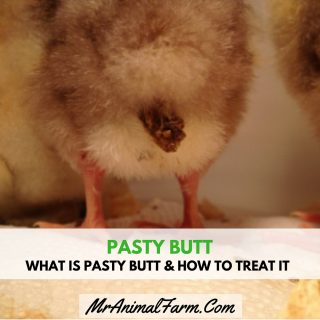
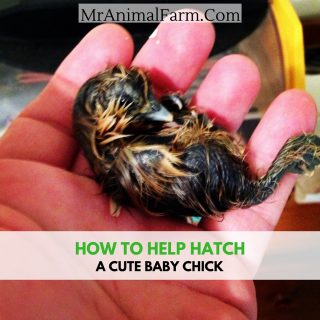
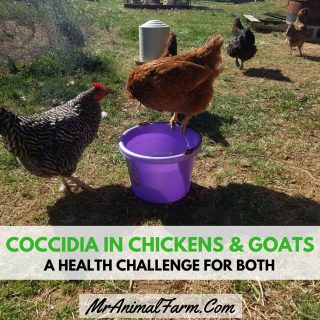
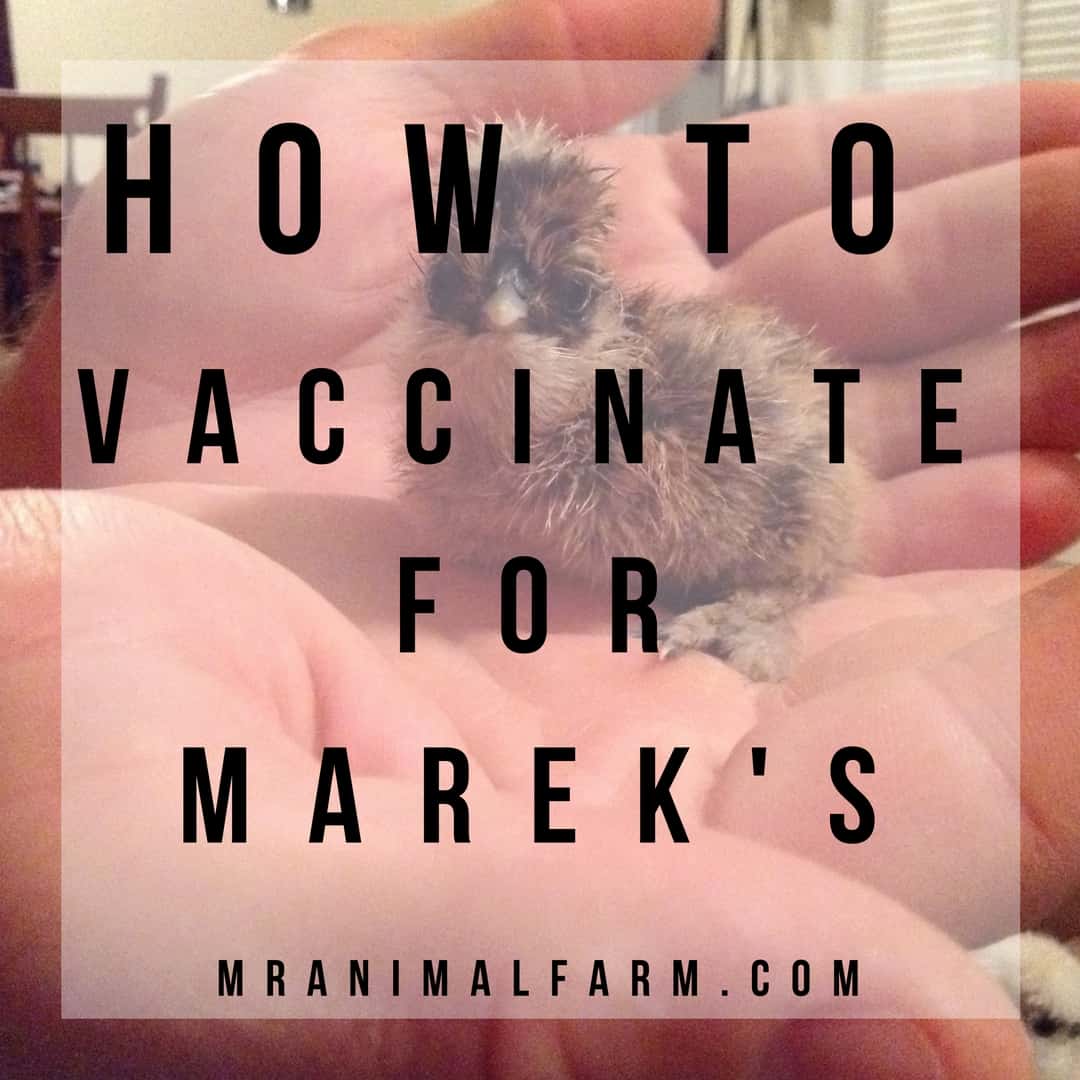
Taysha Quillin says
[email protected] do you use for adults chicken with lice? Still frontline? How much? How many bird will eat treat?
MrAnimal Farm says
Yes, just literally a drop or two. Please keep in mind that it is an off label use and though we (and others) have used in safety for this in our flock. It's not a product labeled for use in chickens. So, when in doubt ask your vet.
Error says
My family and I have eaten eggs layed after treatment of coop with permethrin. We usually wash the eggs well for the first two weeks and separate them so we do not try to hatch them. We haven t had any problems.